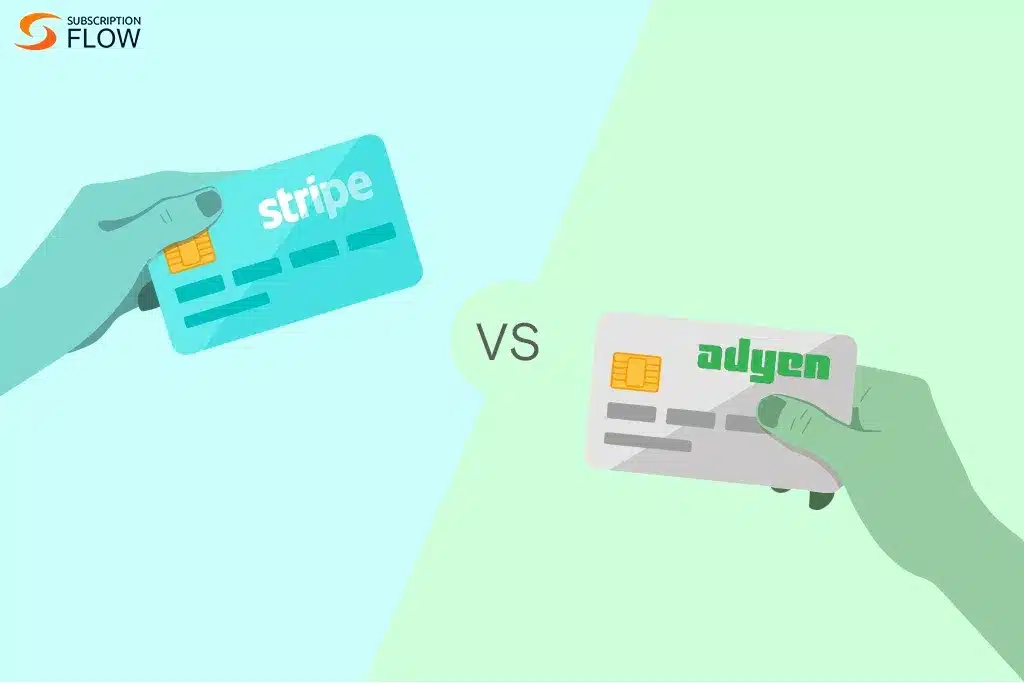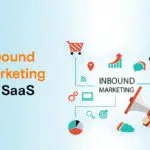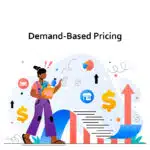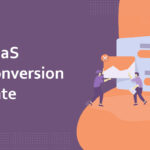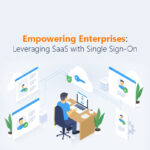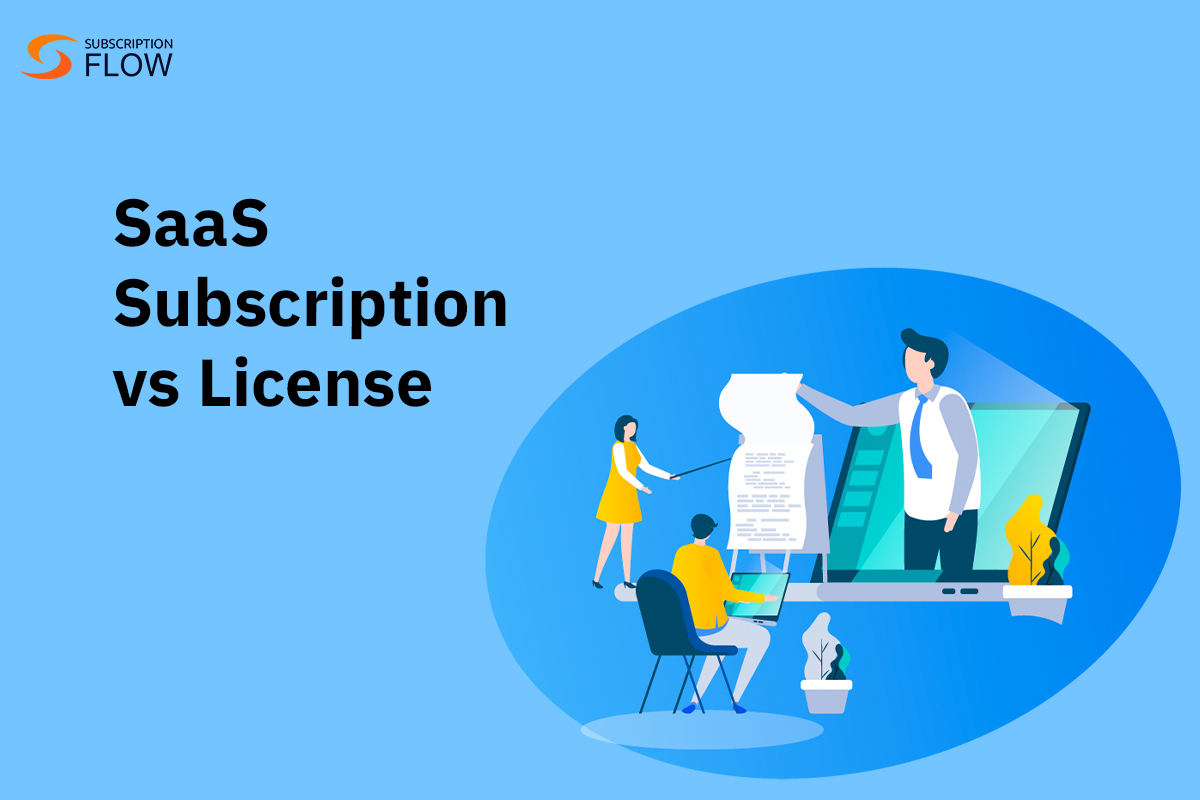
Subscription License vs SaaS: Understanding Why Subscriptions Are Now the Way to Go
The reason why many businesses have transitioned from the perpetual licensing model to the subscription-based licensing model is because this latter pricing model has the potential to benefit both the consumer and the business. It gives consumers access to software that they could not previously afford, while also allowing businesses to focus on more efficient incremental development and potentially earn more money over a longer period of time.
And while it is true that there is some overlap in subscription license vs SaaS in that many SaaS companies use a subscription model, but SaaS companies can also use pay-as-you-go, one-time-use models, and proration to fulfil customer needs during the incomplete periods.
Keeping all this context in mind, in this blog we will first be going over what exactly are the licensing and subscription models, after which we will compare and assess term license vs subscription to understand the veritable change that has taken place in the world today of SaaS subscriptions having vastly replaced the traditional licenses. At the end, and as ever, we will cover how SubscriptionFlow can offer you a robust subscription-based solution to fulfil your needs.
What is a SaaS Subscription Model?
A subscription model revolves around you paying recurring fees on a regular basis to gain access to products, services, or content. Subscription-based businesses provide a variety of plans or tiers with varying features and benefits, allowing users to select the best option based on their needs and budget.
What is a License-based Model?
Discussing this model might seem a little odd to readers in 2023 as this is a much older method which is that of a perpetual license. Because there was no way to handle subscription costs in the early days of software, software was always sold for an upfront price, aka perpetual license. After paying the fee, the customer has perpetual access to the software. Typically, in order to maintain revenue, companies would need to release larger and better versions of the software in the hopes of convincing customers to upgrade—in doing so, they would be essentially reselling the product.
A good example of this is the earlier versions of Adobe products that were made available to their users after they paid a flat-fee to Adobe for perpetually using the product. Now, owing to larger trends in the world, Adobe too has shifted to the subscription-based model for most of its products. In the next section, we will see why that may have been the case for Adobe and numerous other companies.
Comparing Subscription License vs SaaS: Why Subscription-based Services Are the Way to Go
Companies that sold software that used to be way too expensive for anyone in the non-corporate world to afford, have now found the same shift from perpetual license to subscription to be equally appealing. These companies, in making this shift, were able to bring in the recurring revenue they desired by switching to a subscription model. By doing this they made the software affordable to everyone, and not only fended off threats from cheaper alternatives, but they also practically eliminated the need to constantly make huge improvements to the software.
Here is a list of key advantages offered by the subscription-based model that might help you understand the SaaS subscription vs license debate better:
1. Helps reach more customers: Countless businesses were able to make products that would have been prohibitively expensive under the perpetual license model very affordable. As a result, they were able to move their tools from the world of moneyed professionals and take it into the free-flowing world of hobbyists and independent workers. In short, moving away from a perpetual license allowed them to reclaim market share that had earlier been ceded to cheaper alternatives, thereby maintaining dominance in their respective software categories.
2. You do not get left behind by changes in the market: Customers will continue to value your product if you respond to their needs on a regular basis, both through direct feedback and information gleaned from KPIs. Rather than having to wait long periods of time for new features and then pay for them, the customer will see regular improvements that will keep them coming back. That is why a perpetual license vs. subscriptions is getting outdated. Under the perpetual license model, you must hope that your previous release was good enough to withstand competition until the next release arrives.
3. Improved data collection regarding your subscriber base: Another main advantage that the SaaS-based subscription model has over the traditional licensing model is that of the former being able to collect massive amounts of data that the company can collect as a result of its interactions with customers. This information can then be used to improve both the product and the way it is marketed and sold. Even better, the same insights can then be taken and applied across areas of the business that do not involve the supply of software. The same is just not possible for software that are sold as licenses in a one-off deal—Adobe can know only so much about a designer that spent a mere two minutes purchasing Adobe Photoshop in 2000 and who only returned to buy the software’s latest version a whopping ten or so years later.
How Can SubscriptionFlow Offer You a Robust Subscription-based Solution to Fulfil Your Needs?
SubscriptionFlow is a powerful platform that allows you to easily manage your subscription-based business. It can help you create plans, bill customers, track analytics, and automate workflows. All in all, SubscriptionFlow provides a robust subscription-based solution that can meet your needs while also assisting you in growing your revenue, making it an excellent choice for those who are making the shift from legacy software acquired through arcane licenses onto the world of SaaS. Book a demo with SubscriptionFlow now to get an excellent solution for your subscription-based needs!





